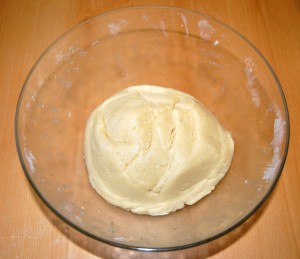We’ll be on vacation for the next week-plus. We’re flying to San Diego early tomorrow morning to visit my brother and his family; then we’ll be vacationing in southern California and attending the Ancestral Health Symposium the following weekend.
I don’t expect to reply to comments or emails until we return.
Our best wishes to all!

















Recent Comments